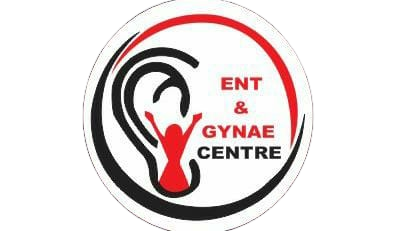Cysts in the neck are fluid-filled sacs that can develop in the soft tissues of the neck. They can vary in size and are generally benign (non-cancerous), though they may require treatment depending on their cause, size, location, and symptoms.
Common Types of Neck Cysts:
Branchial Cleft Cysts:
- Cause: These congenital cysts arise from developmental remnants of the branchial apparatus (embryonic structures that contribute to the formation of the neck).
- Location: Usually found on the sides of the neck.
- Symptoms: They may swell or become infected, leading to discomfort or pain.
Thyroglossal Duct Cysts:
- Cause: Another congenital cyst that forms from remnants of the thyroglossal duct, a structure that helps the thyroid gland move into its final position during development.
- Location: Typically found in the midline of the neck, often near the hyoid bone.
- Symptoms: These cysts can move upward when swallowing or sticking out the tongue and can become infected.
Dermoid Cysts:
- Cause: These are congenital cysts that contain skin, hair, and sometimes teeth because they form from skin and skin structures.
- Location: Can occur anywhere in the neck but are more commonly found near the eyes or on the face.
- Symptoms: Typically slow-growing and can become noticeable when they enlarge.
Sebaceous Cysts:
- Cause: Formed when sebaceous glands (oil glands) in the skin become blocked.
- Location: Can occur anywhere on the neck or face.
- Symptoms: These are usually small, painless lumps under the skin, but they can become infected or inflamed.
Diagnosis:
- Physical Examination: A healthcare provider will examine the cyst and assess its characteristics.
- Imaging: Ultrasound, CT scans, or MRI may be used to determine the cyst’s size, location, and relation to other structures.
- Biopsy: In some cases, a small sample of tissue may be taken to rule out malignancy (cancer).
Treatment:
- Observation: If the cyst is small and asymptomatic, it may just be monitored over time.
- Surgical Removal: If the cyst is large, symptomatic, or suspected to be problematic, it may be surgically removed.
- Antibiotics: If the cyst is infected, antibiotics may be prescribed before considering surgery.
When to Seek Medical Attention:
- If the cyst grows rapidly
- If there’s pain, redness, or signs of infection
- Difficulty swallowing or breathing
- Persistent discomfort or concern about the cyst’s nature
